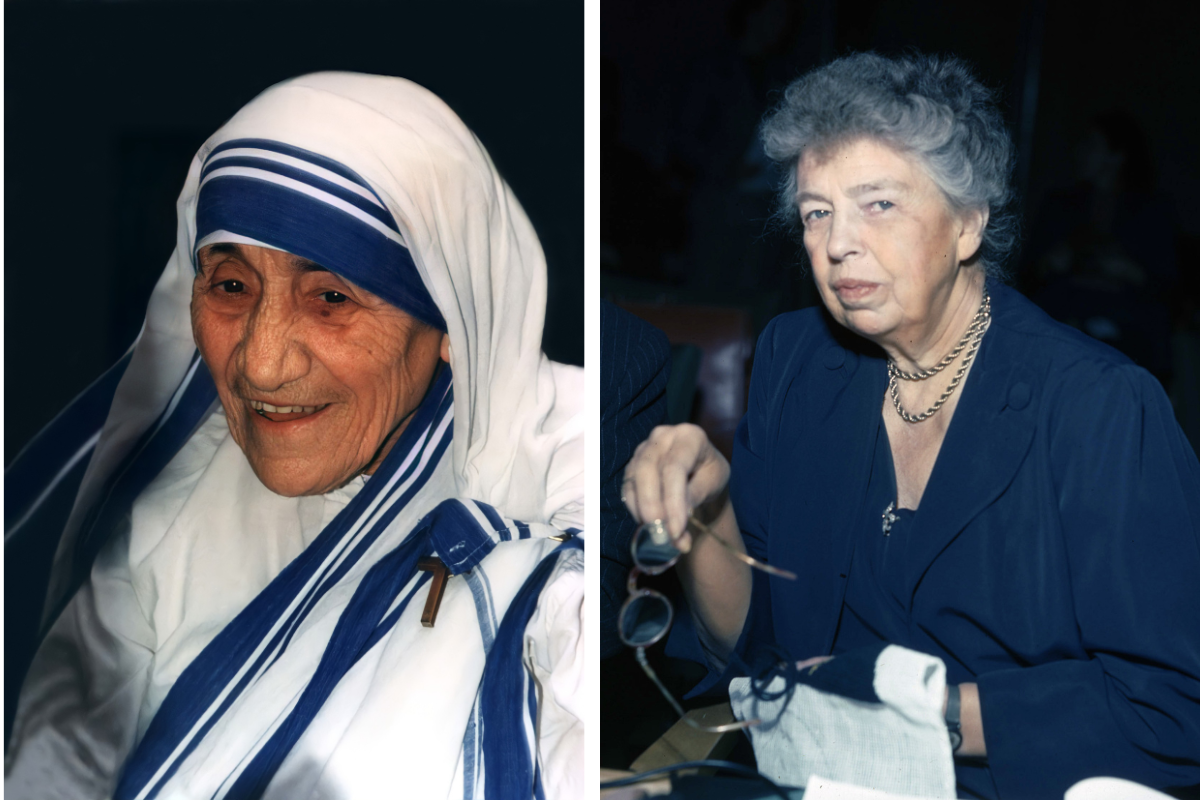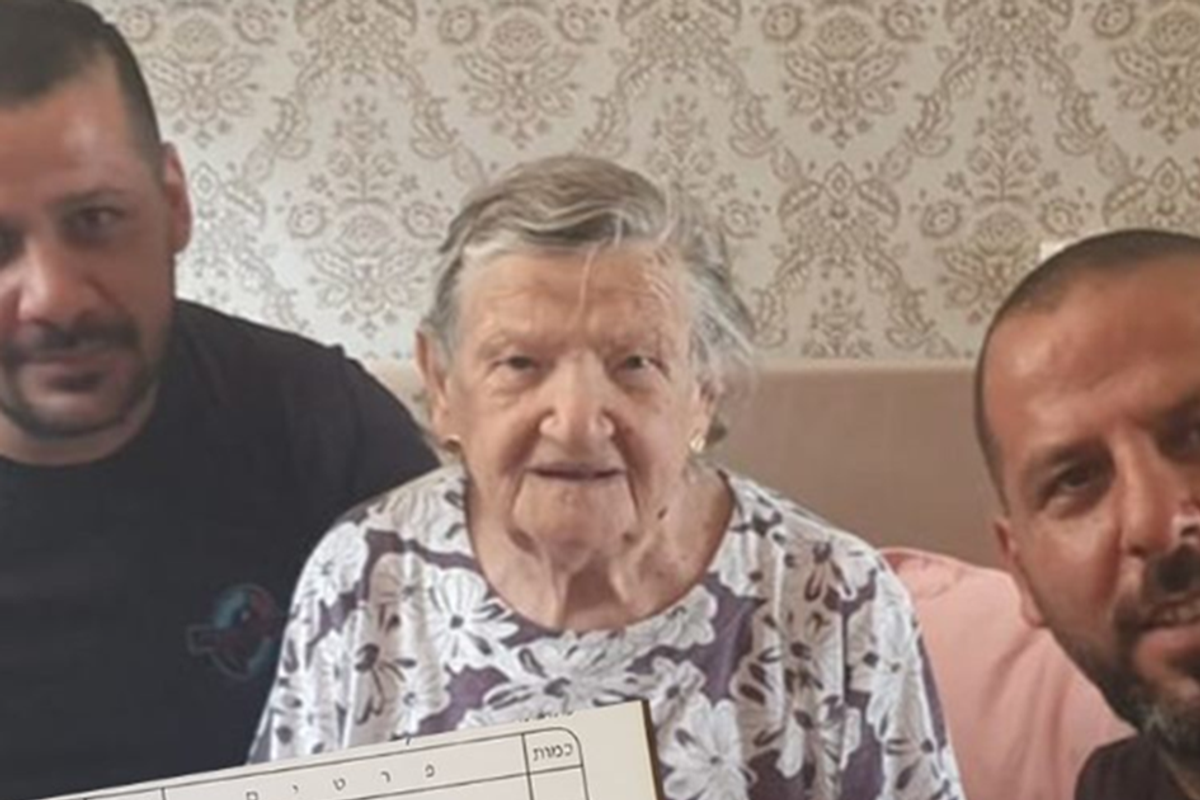5 ways people with perpetually tidy homes think differently than the rest of us
For some people, these mindsets and habits are intuitive, but they can also be learned.

Tidy people have a different way of looking at things.
Confession: I am not a neat freak, but I've always aspired to be one. I love neat and tidy spaces and envy those who have a natural knack for keeping their homes perpetually guest-ready. Because I live in a normal-messy home, I appreciate it when people say "No one's house is tidy all the time!" but I also know it's not true. There are people with always-tidy houses. I personally know multiple people whose homes never, ever devolve into cluttered chaos, whose kitchen sinks are always free of dishes, whose tables are never cluttered with stuff and whose master bedrooms look like hotel rooms.
Knowing that it is possible, I've spent years observing my naturally neat friends and family to understand what gives them the seemingly superhuman ability to keep their homes clean 24/7. As one might assume, some of it comes down to a fastidiousness and rigid adherence to routines that some of us simply do not possess. Some of it has to do with how often people are home and how much their home actually gets used. However, those things aside, I've figured out handful of "secrets"—minor habits and mindsets—that we messier folks who yearn to be neater can glean from the naturally tidy.
Messy people think of 'cleaning up' as a separate task. Neat people see it as an inherent part of every activity.
Though it's largely unconscious, we all have ways of thinking through completing any activity, from first step to last step. Take eating, for example. For a naturally messier person, "eating" starts with preparing the food and ends with swallowing your last bite. Cleaning up is not an inherent part of the eating process—it's seen as something separate, an activity that has its own beginning and end, its own time frame, its own energy expenditure, etc.

For a naturally neat person, however, eating means preparing the food, eating the food, and then cleaning up whatever mess you made. That's the whole cycle of eating. When you see cleaning up as part of the eating process, eating doesn't "end" until the dishes are finished and the kitchen is clean. Without cleaning up, the eating activity is simply incomplete.
For some people, this sound like a "duh" revelation. For some of us, it's a life-changing mindset shift.
Messy folks tend to overestimate how much time cleanup takes. Neat people don't.
Struggling to accurately estimate how much time a task will take is called "time blindness," and it's a common ADHD trait. But even those of us without ADHD can misjudge how long a task will take and form habits around our erroneous assumptions or perceptions.
For instance, I used to put off unloading the dishwasher because it seemed like a huge chore. All those dishes having to go to all those different cabinets—surely that was something that took a significant chunk of time to do. My brain had it labeled as a "big task" and therefore something I needed to carve out time for.
Then I timed myself doing it one day. Not rushing at all, just casually unloading a full dishwasher. It took less than 3 minutes, which was a fraction of the amount of time my brain had assigned to the task. Did I feel silly having subconsciously made a mountain out of a molehill? Yes. Did finding out it only took 3 minutes change how I viewed that chore and make it so I didn't procrastinate it anymore? Also yes.

Neat people don't put off small cleaning/tidying tasks that they know only take a minute or two. Messy people can utilize timers to help them figure out what those are, because surprisingly, mosts tasks don't take as long as you think they will.
Messy people think of cleaning as all or nothing. Neat people utilize tiny time chunks for mini maintenance.
A messy person will pop something in the microwave for two minutes and then zone out or stare at it while it cooks. A neat person will pop something in the microwave and then use that two minutes to wipe down the counter, unload the dishwasher, or sweep the kitchen floor. They'll fold laundry while watching a show and go put it away during a commercial break. They utilize small snippets of time to do little cleaning tasks, which all add up to maintaining a neat and tidy space without having to take big chunks of time to organize or clean.
Messier folks tend to overlook little messes here and there, so they build up until suddenly there's an overwhelming mess to deal with. It helps to think of cleaning and tidying not as one big chore that is either done or not done, but rather as as a conglomeration of tiny tasks that can be done any time you have a minute or two. Eventually, using tiny time chunks to mini-clean becomes habitual.
Mess makers set things down. Neat people put things back.
"Clean up as you go" is a mantra to internalize if you aspire to have a perpetually neat home. If a neat person is baking, they will take out an ingredient, measure what they need, then put that ingredient back where they got it. They do this every time, so when the baked good gets put in the oven, all that's left to do is clean the dishes they used in prep (which is, of course, seen as an inherent part of the baking task). And this isn't just in the kitchen. They do the same thing with their toiletries in the bathroom, their clothes when choosing an outfit, etc. Everything gets put back rather than put down, preventing a mess from the get go.

If a messy person is baking, they'll take out an ingredient, measure what they need, and then set the ingredient down on the counter. Once the baked good gets put in the oven, there's then a whole counter full of ingredients and dish mess to clean up. And because "cleaning up" is seen as a separate task, there's a gearing up of energy that's required as well as a separate time commitment, which makes procrastination more likely.
The key here is to recognize that putting things back where you got them really doesn't take any more time than setting them down but saves tons of time and work later.
Messy people have more things than places. Neat people have more places than things.
"A place for everything and everything in its place" is a mantra that neat people live by religiously and messy folks may not even realize is possible. If a neat person doesn't have a place for something, they find one or make one by getting rid of something else. If a messy person doesn't have a place for something, it sits on a table or countertop or entryway or some other placeholder for an indeterminate amount of time, often moving from surface to surface before eventually being shoved in a drawer or closet to be dealt with later.
Part of living like a neat person is being honest with yourself about the space you have and embracing inflow and outflow of things that enables you to live comfortably in that space. Messy people almost always have too much stuff for their space and therefore not enough places to put things. (This is true no matter how large or small your home is, sorry to say.) Neat people keep things pared down so that everything can have its own place. Regular purging of excess stuff and not holding onto things "just in case" is a huge key to staying neat and tidy.
I can't say that I perfectly implement all of these things all the time, but I can say that being aware of these mindsets and habits and attempting to live more like my "neat freak" loved ones has made a big difference in my home and how I feel about living in it.
This article originally appeared last year.
- A mom asked if it's appropriate to make a babysitter do housework and set the internet on fire ›
- Mom shares brilliant parenting hack that got her kids to clean up overnight ›
- Therapist with ADHD explains how she 'learned to clean as a messy person' ›
- Guy claims that people who brag about traveling are secretly miserable - Upworthy ›
- Chaos gardening explained: the beauty behind the trend - Upworthy ›
- Woman offers 'old children's book' defense of cluttered homes - Upworthy ›
- 5 ways people with perpetually tidy homes see things differntly than the rest of us - Upworthy ›
- How to make your home smell good, according to cleaning experts - Upworthy ›




 Walking down the aisle in a target.via
Walking down the aisle in a target.via  The front of a Target.via
The front of a Target.via 
 Women walking down a street.Image via Canva Photos.
Women walking down a street.Image via Canva Photos.  Woman aware of her surroundings in a parking garage. Image via Canva Photos.
Woman aware of her surroundings in a parking garage. Image via Canva Photos.

 The Memorial to the Murdered Jews of EuropeBy Alexander Blum - Own work, CC BY-SA 4.0
The Memorial to the Murdered Jews of EuropeBy Alexander Blum - Own work, CC BY-SA 4.0 Move over, Mario Brothers.
Move over, Mario Brothers.